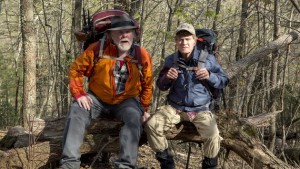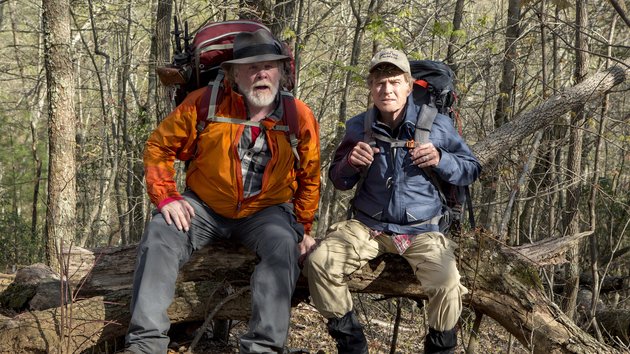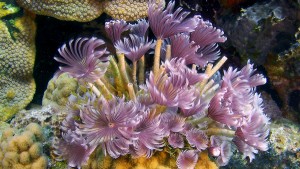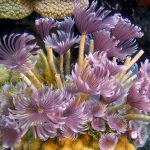A Walk in the Woods
Posted on September 1, 2015 at 5:50 pm
B+| Lowest Recommended Age: | High School |
| MPAA Rating: | Rated R for language and some sexual references |
| Profanity: | Very strong and crude language |
| Alcohol/ Drugs: | Drinking and discussions of substance abuse |
| Violence/ Scariness: | Some peril |
| Diversity Issues: | None |
| Date Released to Theaters: | September 2, 2015 |
| Date Released to DVD: | December 28, 2015 |
| Amazon.com ASIN: | B015YYC4C8 |

Though both of those things are true. But Bill Bryson (Robert Redford) has a different reason for wanting to try one of the longest hikes in the world, the Appalachian Trail. He quotes the pioneering conservationist John Muir, the man who inspired the National Parks system and urged the preservation of the Grand Canyon. Muir said sometimes you just have to “throw some tea and bread into an old sack and jump over the back fence.” And it is just past Bryson’s own back fence that the AT beckoned.
If mortality was bearing down a bit hard, that just meant more “now or never” urgency. The fact that the lead actors are three decades older than Bryson was when he took the walk that led to his book, A Walk in the Woods: Rediscovering America on the Appalachian Trail, vastly overshadows the clutter from the superficial other issues raised by the script, often half-heartedly. Will Bryson write again? Will he re-adjust to living in the US after years abroad? Will he recover his mojo? Where is he from? Will he make it to the end of the trail alive and without inflicting some serious and possibly lethal damage on his traveling companion?
Bryson is, as the movie begins, back in the US and feeling unmoored. He decides to hike the private, non-profit, volunteer-managed Appalachian Trail, stretching more than 2000 miles from Maine to Georgia. His wife (Emma Thompson, bringing her luminous intelligence to an underwritten wife-y role) insists that he cannot go alone. Everyone he knows turns him down. And then he gets a call from his old high school friend in Des Moines, Katz (Nick Nolte, a marvel of shambling decay with a voice more growl than verbal), volunteering to come along. These guys are not exactly up to jumping over the back fence. But the longest journey begins with a single step, and so off they go.
No big surprises ahead — encounters with quirky people along the way (Kristen Schaal is a stand-out as a loony solo hiker and Mary Steenburgen is a welcome presence as always as the owner of a hotel along the trail), spectacular scenery, some historical and conservationist information, some highs and lows in the terrain, the temperature, and the reconnecting of the old friends. But it is a pleasure to see these two old pros swing for the fences one more time.
Parents should know that this movie has some very strong and vulgar language with very crude sexual references. Characters drink and discuss substance abuse.
Family discussion: How would you describe the friendship between Katz and Bryson? What adventure do you want to take and who would you take with you?
If you like this, try: the book by Bill Bryson and other walking movies like “Wild” and “Tracks” and more great books about treks like A Short Walk in the Hindu Kush






